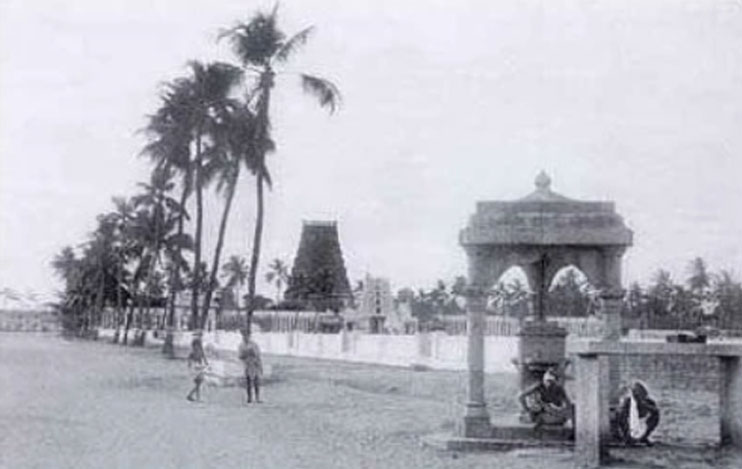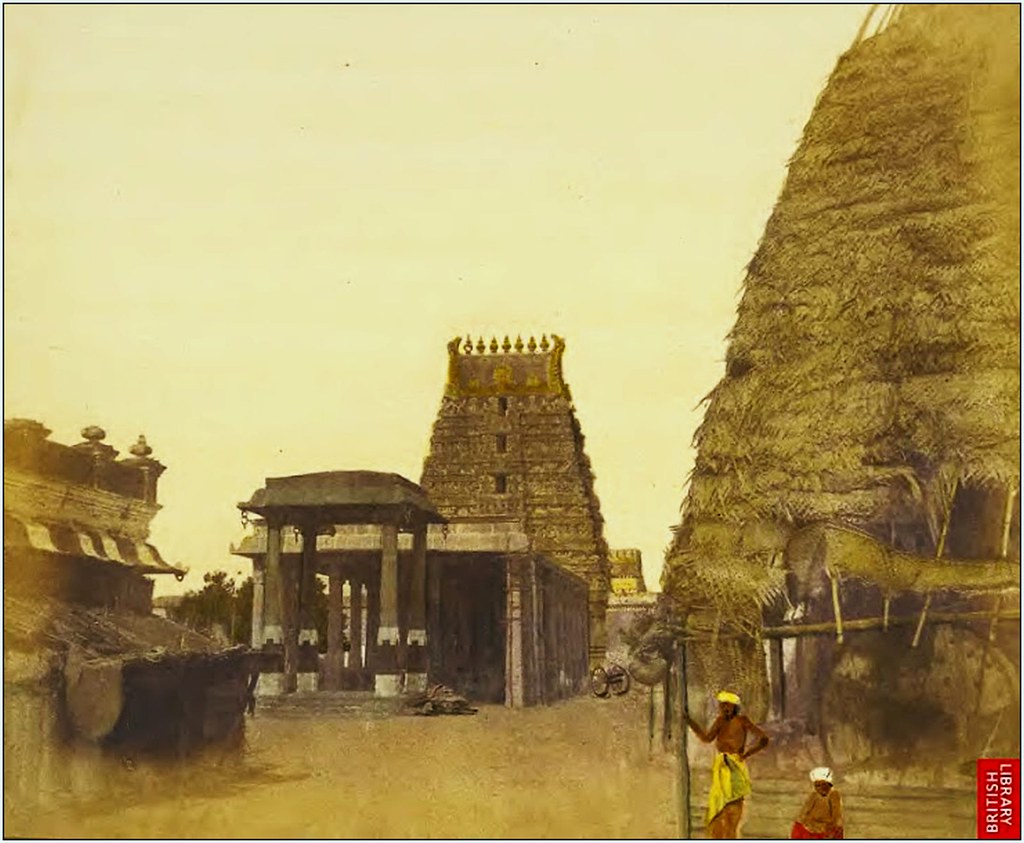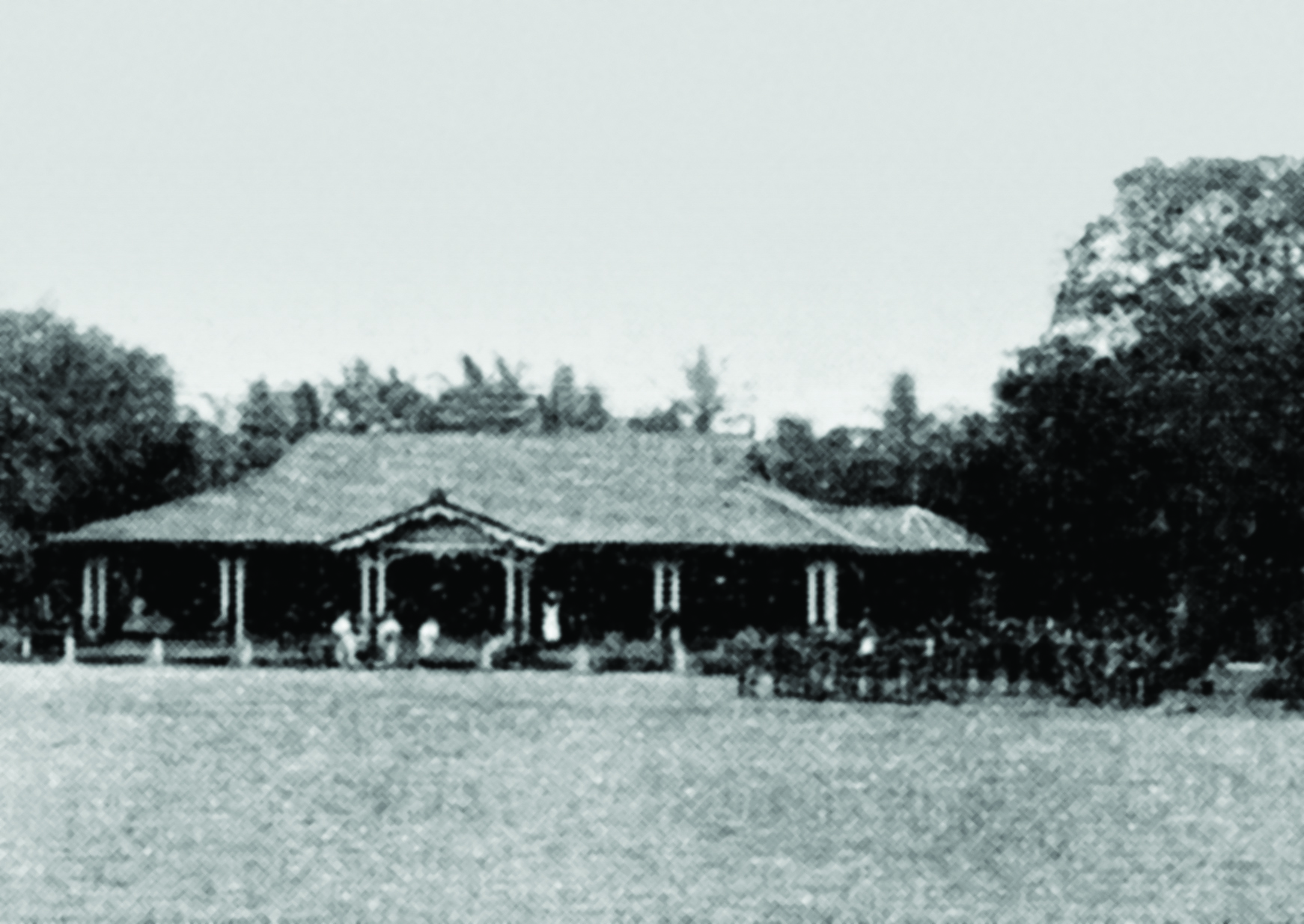
Contemporary Chennai
Chennai and its suburbs have more than 600 Hindu temples. The oldest is the Parthasarathi Temple built in the 8th century by Pallava kings. The Kapaleeswarar Temple (16th century) is dedicated to the Hindu god Shiva. Other places of worship within the city include Luz Church (1547–82), one of the oldest churches in Chennai; St. Mary’s Church (1678–80), the first British church in India; the San Thome Basilica (1898), built over the tomb of the apostle St. Thomas; and Wallajah Mosque (1795), built by the nawab of Karnataka. The Armenian Church of the Holy Virgin Mary (1772), in the George Town section of Chennai, surrounds a courtyard cemetery with Armenian tombstones dating from the mid-17th century. The international headquarters of the Theosophical Society is situated in gardens between the Adyar River and the coast. Of particular interest there is a banyan tree dating from about 1600.
Since the late 1990s, software development and electronics manufacturing have made up the bulk of Chennai’s economy. Numerous technology parks, where many foreign companies have offices, are found throughout the city. Other major industries include the manufacture of automobiles, rubber, fertilizer, leather, iron ore, and cotton textiles. Wheat, machinery, iron and steel, and raw cotton are imported. There is an oil refinery in Chennai. Services, especially finance and tourism, are also significant. Hotels, luxury resorts, restaurants, marinas, and parks line Marina Beach, the coastline abutting Chennai city.

Chennai has numerous educational institutions. Professional education can be obtained in the state medical and veterinary sciences colleges, the colleges of engineering and technology, the Tamil Nadu Isai Kalluri music college, the College of Arts and Crafts, and the teacher-training colleges. The city is the site of the University of Madras (185 Cultural institutions in Chennai include the Madras Music Academy, devoted to the encouragement of Carnatic music—the music of Karnataka, the historical region between the southern Coromandel Coast of the Bay of Bengal and the Deccan plateau. The Kalakshetra is a centre of dance and music, and the Rasika Ranjini Sabha, in Mylapore, encourages the theatrical arts. The city has training centres for kuchipudi and bharatanatyam (Indian classical dance forms). Kalakshetra and Sri Krishna Gana Sabha, a cultural institution, both host annual dance festivals. The suburban town of Kodambakkam, with its numerous film studios, is described as the Hollywood of southern India. Three theatres—the Children’s Theatre, the Annamalai Manram, and the Museum Theatre—are popular. The Chennai Government Museum has exhibitions on the history and physical aspects of Tamil Nadu. There is a small collection of East India Company antiquities in the Fort Museum (within Fort St. George) and a collection of paintings in the National Art Gallery.

Squash, cricket, tennis, and hockey are popular sports in Chennai and its surrounding region. The Madras Cricket Club (1848), located behind the Chepauk Palace, is host to major national sports tournaments. The city has many other clubs and associations including motor sports, chess, and equestrian events. Rowing and yachting have a small but loyal following at the Madras Boat Club (1867) and the Royal Madras Yacht Club (1911). Guindy National Park is a wildlife sanctuary situated in the heart of the city. Other places for recreation in and around Chennai are the Chennai Crocodile Bank, Pulicat Lake (a large saltwater lagoon), a bird sanctuary, and a zoological park.
Chennai is well connected by road, rail, air, and sea. It has an international airport and seaport. Within the city a network of bus services and auto-rickshaws are common modes of transport. The historic town of Mamallapuram with its shore temple, about 37 miles (60 km) south of Chennai, is a popular tourist destination.
The Indian Institute of Technology, the Central Leather Research Institute, and the Regional Laboratories of the Council of Scientific and Industrial Research are other noteworthy scientific institutions. The M.S. Swaminathan Research Foundation focuses on agricultural development in Chennai and Tamil Nadu.
Since the 1980s Chennai has emerged as one of the leading medical centres of the country. This was a result of the proliferation of private specialty hospitals, especially those which provide treatment for cardiac and eye ailments. Among the leading medical facilities in the city are the Apollo Hospital, the Madras Medical Mission’s Institute of Cardiovascular Diseases, the Sri Ramachandra University Hospital, the Heart Institute of Chennai, Adayar Cancer Institute and the Shankara Nethralaya, an eye hospital.
